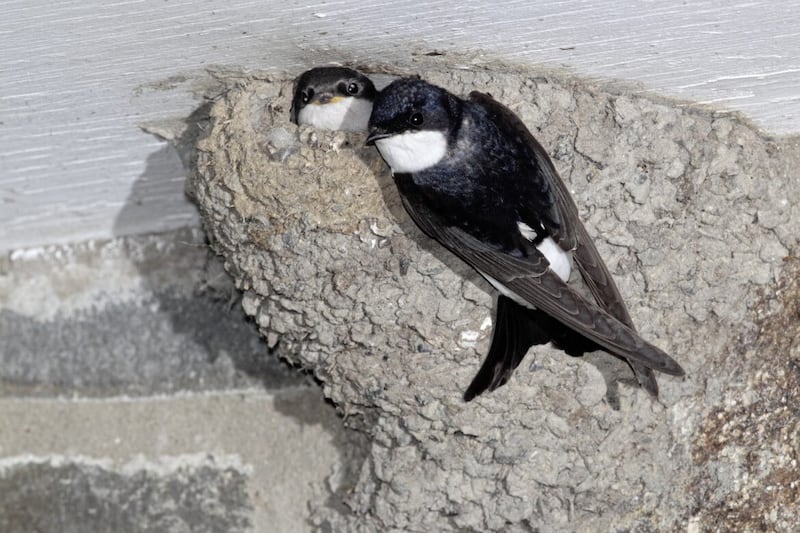STATION Island or St Patrick's Purgatory, located on Lough Derg, Co Donegal has been a place of Christian pilgrimage and prayer since the 5th century, receiving visitors for over 1,500 years.
The history of the site is complicated, but the original monastery is believed to have been founded on the nearby Saints Island which welcomed pilgrims in the 400s. Over the centuries the focus shifted towards the larger Station Island, its penitential stations clearly marked on Thomas Carve's map in 1666.
The devotion to penance continues in the modern three-day pilgrimage involving fasting, prayer, and a 24-hour vigil, all barefooted. As Patrick Kavanagh wrote in his poem Lough Derg (1942), "The twentieth century blows across it now / But deeply it has kept an ancient vow."
Yeats, Heaney and William Carleton also undertook the pilgrimage and wrote of their experiences with Carleton very scathing, writing of Lough Derg and "its far-famed isle" as "the enemy of mental cultivation... destined to keep the human understanding in the same dark unproductive state as the moorland waste that lay outstretched around" (The Lough Derg Pilgrim, 1828).
His caustic words about the holy island aside, the Tyrone novelist details well the lake's surrounding "landscape of moors, without one green spot to refresh the eye, all mournful in the brown hue of its far-stretching bogs..."
This is the terrain, albeit now more wooded, through which I recently traversed seeking the iconic hen harrier, a raptor of heather moorland and young forestry plantations.
'Cromán na gCearc' (hen crow) Irish for the bird, is often referred to as 'ghost of the moor' for its habit of appearing and disappearing along the contours of the landscape. English poet David Harsent references this in his poem Bowland Beth, saying of a female harrier, "That she'd arrive at the corner of your eye / like the ghost of herself going silent into the wind".
Hen harriers were persecuted for centuries across Ireland and Britain for their alleged predation of game birds, and although the bird has made recoveries in Ireland, it still struggles to gain a strong breeding foothold in England. The male is a blue-grey colour with conspicuous black wing tips while the larger female is brown with bars on the tail and a distinctive white band on the rump giving it the common name 'ringtail'.
The owl shaped face helps direct sound towards their ear holes, important when hunting small mammals and meadow pipits. Harriers typically locate their ground nests in deep heather or young forestry plantations, sometimes leaving young vulnerable to predation from foxes.
During incubation and when chicks are in the nest, the male carries food to the female and delivers it through a spectacular 'food pass'. As the male nears the nest, the female flies off and turning on her back underneath him, catches the dropped prey with a foot, before returning to the young.
Scanning the moorland, it wasn't long until a female harrier appeared, circling, then dropping to glide over the vegetation in search of inattentive prey. Soon the grey and black colours of a soaring male became visible high above the adjacent forest, remaining there for some time before descending to join its partner stealthily quarter the heather, a positive indication they had chosen this territory to raise a family.
Retreating, buoyed by my encounter with these stunning birds, I saw buzzards circling above, a vibrant jay exit a nearby copse and heard my first cuckoo call of the year. With Station Island still in view, and memories of my own pilgrimage there, I thought, 'Close to nature, close to God'.








